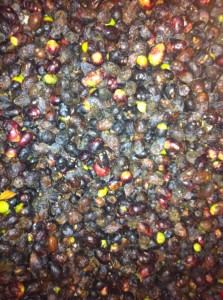Francis Thicke is a man with experience… deep organic farming experience. An organic dairy farmer in Iowa, he has also worked in agricultural administration in Washington and he is a food scientist with a PhD. He’s known locally in South East Iowa for his idyllic organic farm, Radiance Dairy, where he produces raw milk and traditional yogurt, cream and cheeses.
Perhaps this is why Francis decided to run for political office. Most people would have been happy to settle back and enjoy such an idyllic life on a beautiful organic farm. However, Francis couldn’t help but notice that the raw milk he produces is technically illegal.
When traditional foods like raw milk are illegal, you know you have to stand up for your beliefs. When 90% of Iowa’s food is imported from abroad, you know you have to stand up for local family farms. When you realize that running for office in Iowa is a small stepping stone from changing national policy, you have to do it!
Francis is the opposite of big business agricultural corporations. With his wife Susan at his side, Francis’s farm is the traditional American family farm of yester-year, but working as a successful, thriving business for the future. He knows how to get America’s family farms back up and running, and how to grow safe food right here in the US, without the need for Monsanto’s chemicals, and with American farmers profiting financially.
Iowa will vote on November 2, 2010, and you can help Francis Thicke lead the way for American agricultural policy, on a national level, by making sure he wins the election.
Find out more about Francis Thicke and how you can support his campaign here, and ‘like’ him on Facebook.






